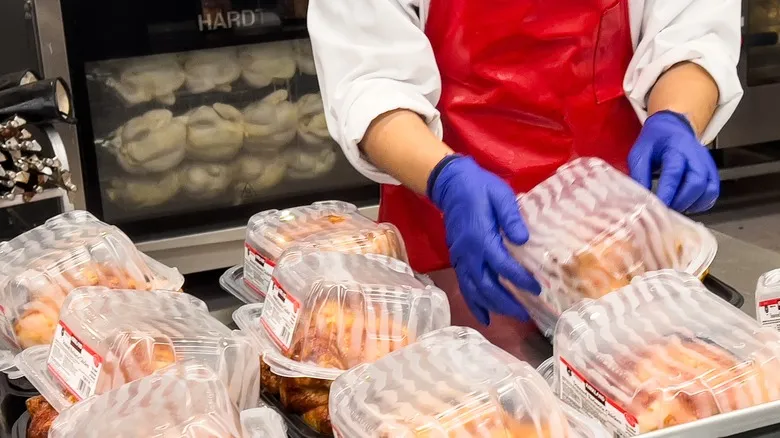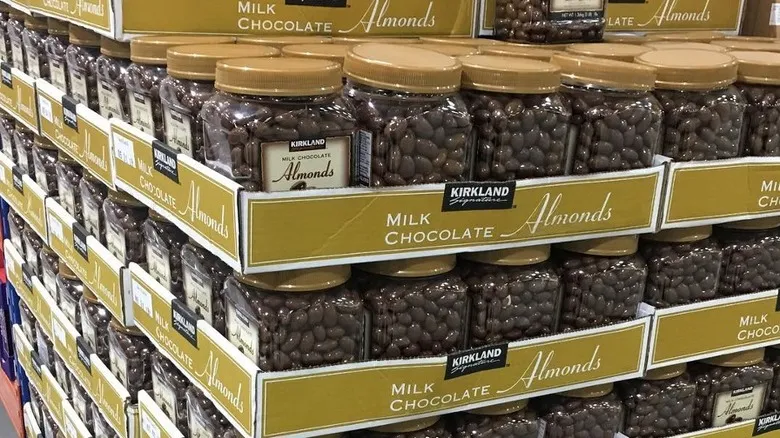What happens to unsold rotisserie chickens?

Don't worry, as these birds are put to good use. Costco has stated that the company strives to upcycle food or donate it to those in need whenever possible. Unsold rotisserie chickens, in particular, are transformed into deli items to help minimize food waste. The specific products vary by store location, but they can be used in a variety of dishes, including chicken noodle soup, enchiladas, pot pies, and pizza.
Although the chicken remains safe to eat even after Costco's two-hour time limit has elapsed, this approach reflects the company's caution. The item is removed from the shelf to ensure that customers receive only the freshest products, especially since the U.S. Department of Agriculture advises that chicken should not be left at room temperature and should be refrigerated promptly. If not, bacteria can develop and multiply quickly. Therefore, it's better to err on the side of caution, as the big-box retailer understands the importance of getting the product into safer conditions and repurposing it before it becomes too late.
Recommended

The Beloved Restaurant Behind Costco's $90 Frozen Pizza Trio

Costco Food Platters, Ranked From Worst To Best

There's A Massive Brand Behind Costco's Chocolate-Covered Almonds

What Happened To Costco Cash?
Next up

